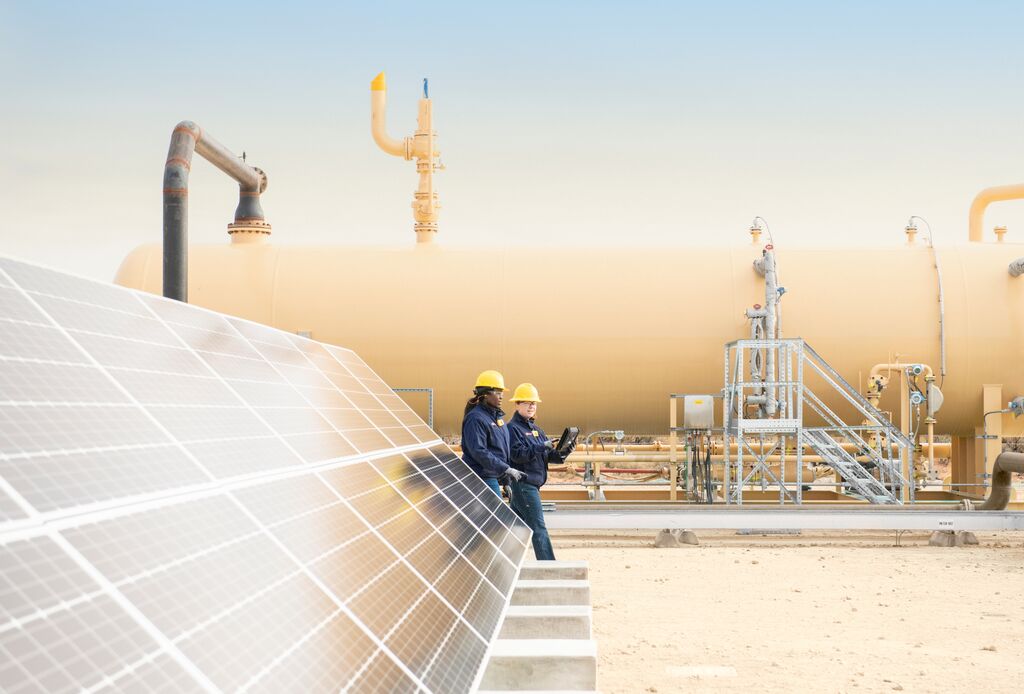Two examples of off-beam journalism about clean energy have drawn counterblasts from practitioners’ representatives.
Screened on Monday, a ‘Panorama’ examination of Britain’s supposed unpreparedness for switching to EVs this decade has drawn the ire of the Renewable Energy Association.
The flagship BBC-TV documentary alleged installations of new public charging points would fall short of the total needed under the government’s Zero Emissions Vehicle Mandate, announced in October 2021. The policy sets a road map for ministers to deliver on its commitment that all new cars sold from 2030 must be pure EVs or hybrids.
Not true, the REA counter-blasted in a statement. The ratio of electric vehicles per public charge point already greatly exceeds the ratio of ICE cars per petrol or diesel pump.
Deployment of charging infrastructure including public points grew 35% last year . The trade body expects the trend to continue.
The programme also claimed that a standard charge point takes an hour to deliver 38 miles of range.
“Not representative”, the REA rebutted. “At any rapid chargepoint, most EVs on sale today can charge from 0 to 80% in under an hour. Some of them deliver over 300 miles of range”.
The UK already has over 40,000 public chargepoints, and 84% of EV owners able to charge at home, declared Matthew Adams, the REA’s transport policy manager
“Only 16% of one million-plus plug-in vehicles now on the road will need to use public charging infrastructure frequently”, Adams added.
“With the average journey in the UK being 20 minutes and with battery ranges going above 300 miles on many models, it is unlikely that these 16% of people will regularly use the public charging infrastructure”, he went on.
Panorama highlighted drivers’ difficulties with differing cash payment systems offered by charge point operators. This is already being resolved, said the REA’s Adams.
Tough new rules from government will soon require every new point above 8kW and new and existing points above 50kW to offer readers for contactless payment. Many operators already deploy them. Best practice via PAS 1899 & other standards, said the REA, ensures chargepoint cabling is light and easily accessible.
Meanwhile trade body SolarEnergyUK has hit back at newspaper reports of drastic tail-offs of PV panels’ generating powers, once rooftops heat up beyond 40 degrees in summer.
Solar panels wilting in the heat is “a gross and fundamental misapprehension”, said the lobbyists, quoting a leading technical expert on the technology.
Alastair Buckley, Sheffield University’s professor of organic electronics commented: “High temperatures affect only marginally the output of solar power – it’s a secondary effect.
“If it’s sunny and hot, you are going to get good power output. It doesn’t fall off a cliff,” Buckley advised.




